HSBC 2010 Annual Report Download - page 129
Download and view the complete annual report
Please find page 129 of the 2010 HSBC annual report below. You can navigate through the pages in the report by either clicking on the pages listed below, or by using the keyword search tool below to find specific information within the annual report.-
 1
1 -
 2
2 -
 3
3 -
 4
4 -
 5
5 -
 6
6 -
 7
7 -
 8
8 -
 9
9 -
 10
10 -
 11
11 -
 12
12 -
 13
13 -
 14
14 -
 15
15 -
 16
16 -
 17
17 -
 18
18 -
 19
19 -
 20
20 -
 21
21 -
 22
22 -
 23
23 -
 24
24 -
 25
25 -
 26
26 -
 27
27 -
 28
28 -
 29
29 -
 30
30 -
 31
31 -
 32
32 -
 33
33 -
 34
34 -
 35
35 -
 36
36 -
 37
37 -
 38
38 -
 39
39 -
 40
40 -
 41
41 -
 42
42 -
 43
43 -
 44
44 -
 45
45 -
 46
46 -
 47
47 -
 48
48 -
 49
49 -
 50
50 -
 51
51 -
 52
52 -
 53
53 -
 54
54 -
 55
55 -
 56
56 -
 57
57 -
 58
58 -
 59
59 -
 60
60 -
 61
61 -
 62
62 -
 63
63 -
 64
64 -
 65
65 -
 66
66 -
 67
67 -
 68
68 -
 69
69 -
 70
70 -
 71
71 -
 72
72 -
 73
73 -
 74
74 -
 75
75 -
 76
76 -
 77
77 -
 78
78 -
 79
79 -
 80
80 -
 81
81 -
 82
82 -
 83
83 -
 84
84 -
 85
85 -
 86
86 -
 87
87 -
 88
88 -
 89
89 -
 90
90 -
 91
91 -
 92
92 -
 93
93 -
 94
94 -
 95
95 -
 96
96 -
 97
97 -
 98
98 -
 99
99 -
 100
100 -
 101
101 -
 102
102 -
 103
103 -
 104
104 -
 105
105 -
 106
106 -
 107
107 -
 108
108 -
 109
109 -
 110
110 -
 111
111 -
 112
112 -
 113
113 -
 114
114 -
 115
115 -
 116
116 -
 117
117 -
 118
118 -
 119
119 -
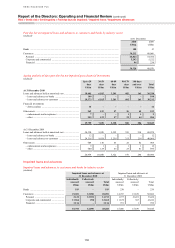 120
120 -
 121
121 -
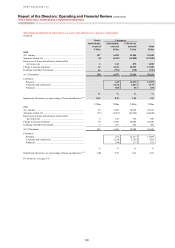 122
122 -
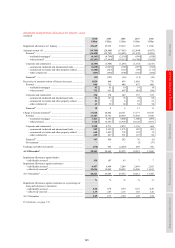 123
123 -
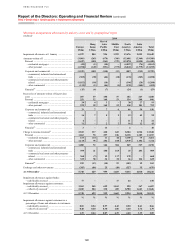 124
124 -
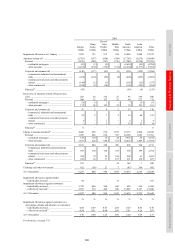 125
125 -
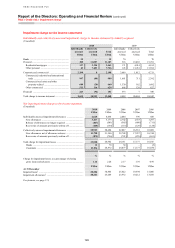 126
126 -
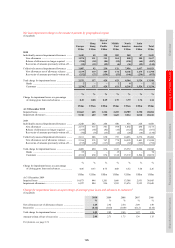 127
127 -
 128
128 -
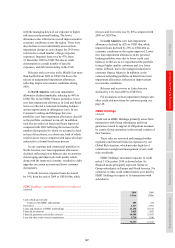 129
129 -
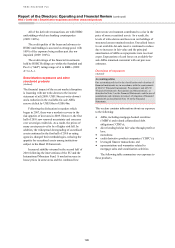 130
130 -
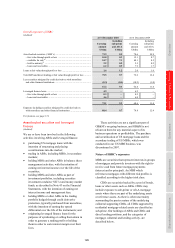 131
131 -
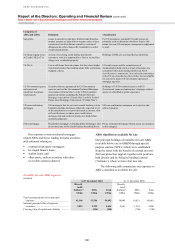 132
132 -
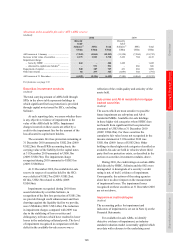 133
133 -
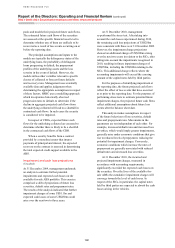 134
134 -
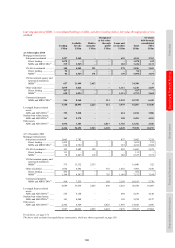 135
135 -
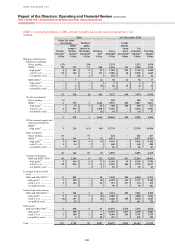 136
136 -
 137
137 -
 138
138 -
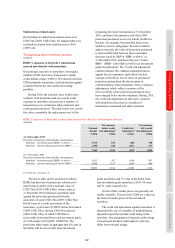 139
139 -
 140
140 -
 141
141 -
 142
142 -
 143
143 -
 144
144 -
 145
145 -
 146
146 -
 147
147 -
 148
148 -
 149
149 -
 150
150 -
 151
151 -
 152
152 -
 153
153 -
 154
154 -
 155
155 -
 156
156 -
 157
157 -
 158
158 -
 159
159 -
 160
160 -
 161
161 -
 162
162 -
 163
163 -
 164
164 -
 165
165 -
 166
166 -
 167
167 -
 168
168 -
 169
169 -
 170
170 -
 171
171 -
 172
172 -
 173
173 -
 174
174 -
 175
175 -
 176
176 -
 177
177 -
 178
178 -
 179
179 -
 180
180 -
 181
181 -
 182
182 -
 183
183 -
 184
184 -
 185
185 -
 186
186 -
 187
187 -
 188
188 -
 189
189 -
 190
190 -
 191
191 -
 192
192 -
 193
193 -
 194
194 -
 195
195 -
 196
196 -
 197
197 -
 198
198 -
 199
199 -
 200
200 -
 201
201 -
 202
202 -
 203
203 -
 204
204 -
 205
205 -
 206
206 -
 207
207 -
 208
208 -
 209
209 -
 210
210 -
 211
211 -
 212
212 -
 213
213 -
 214
214 -
 215
215 -
 216
216 -
 217
217 -
 218
218 -
 219
219 -
 220
220 -
 221
221 -
 222
222 -
 223
223 -
 224
224 -
 225
225 -
 226
226 -
 227
227 -
 228
228 -
 229
229 -
 230
230 -
 231
231 -
 232
232 -
 233
233 -
 234
234 -
 235
235 -
 236
236 -
 237
237 -
 238
238 -
 239
239 -
 240
240 -
 241
241 -
 242
242 -
 243
243 -
 244
244 -
 245
245 -
 246
246 -
 247
247 -
 248
248 -
 249
249 -
 250
250 -
 251
251 -
 252
252 -
 253
253 -
 254
254 -
 255
255 -
 256
256 -
 257
257 -
 258
258 -
 259
259 -
 260
260 -
 261
261 -
 262
262 -
 263
263 -
 264
264 -
 265
265 -
 266
266 -
 267
267 -
 268
268 -
 269
269 -
 270
270 -
 271
271 -
 272
272 -
 273
273 -
 274
274 -
 275
275 -
 276
276 -
 277
277 -
 278
278 -
 279
279 -
 280
280 -
 281
281 -
 282
282 -
 283
283 -
 284
284 -
 285
285 -
 286
286 -
 287
287 -
 288
288 -
 289
289 -
 290
290 -
 291
291 -
 292
292 -
 293
293 -
 294
294 -
 295
295 -
 296
296 -
 297
297 -
 298
298 -
 299
299 -
 300
300 -
 301
301 -
 302
302 -
 303
303 -
 304
304 -
 305
305 -
 306
306 -
 307
307 -
 308
308 -
 309
309 -
 310
310 -
 311
311 -
 312
312 -
 313
313 -
 314
314 -
 315
315 -
 316
316 -
 317
317 -
 318
318 -
 319
319 -
 320
320 -
 321
321 -
 322
322 -
 323
323 -
 324
324 -
 325
325 -
 326
326 -
 327
327 -
 328
328 -
 329
329 -
 330
330 -
 331
331 -
 332
332 -
 333
333 -
 334
334 -
 335
335 -
 336
336 -
 337
337 -
 338
338 -
 339
339 -
 340
340 -
 341
341 -
 342
342 -
 343
343 -
 344
344 -
 345
345 -
 346
346 -
 347
347 -
 348
348 -
 349
349 -
 350
350 -
 351
351 -
 352
352 -
 353
353 -
 354
354 -
 355
355 -
 356
356 -
 357
357 -
 358
358 -
 359
359 -
 360
360 -
 361
361 -
 362
362 -
 363
363 -
 364
364 -
 365
365 -
 366
366 -
 367
367 -
 368
368 -
 369
369 -
 370
370 -
 371
371 -
 372
372 -
 373
373 -
 374
374 -
 375
375 -
 376
376 -
 377
377 -
 378
378 -
 379
379 -
 380
380 -
 381
381 -
 382
382 -
 383
383 -
 384
384 -
 385
385 -
 386
386 -
 387
387 -
 388
388 -
 389
389 -
 390
390 -
 391
391 -
 392
392 -
 393
393 -
 394
394 -
 395
395 -
 396
396
 |
 |

127
Overview Operating & Financial Review Governance Financial Statements Shareholder Information
with the managing down of our exposure to higher
risk unsecured personal lending. The lower
allowances also reflected an overall improvement in
economic conditions across the region. There were
also declines in new individually assessed loan
impairment charges as new charges for 2010 were
restricted to a small number of large corporate
exposures. Impaired loans rose by 47% from
31 December 2009 to US$2.5bn due to credit
deterioration in a small number of specific
exposures, and debt restructuring in the UAE.
Releases and recoveries in the Middle East more
than doubled from 2009 to US$112m due to the
release of judgemental impairment allowances
reflecting improved economic conditions during
2010.
In North America, new loan impairment
allowances declined markedly, reducing by 44% to
US$8.7bn. In our HSBC Finance portfolios, lower
new loan impairment allowances in Card and Retail
Services reflected a reduction in lending balances
and an improvement in delinquency rates. In our
Consumer Lending and Mortgage Services
portfolios, new loan impairment allowances also fell
as the portfolio continued to run-off. In addition,
total loss severities on foreclosed loans improved
compared with 2009 reflecting the increase in the
number of properties for which we accepted a deed-
in-lieu of foreclosure, or a short sale, both of which
result in lower losses compared with loans which are
subjected to a formal foreclosure process.
In our corporate and commercial portfolios in
North America, new loan impairment allowances
declined, reflecting lower balances due to customer
deleveraging and improved credit quality which,
along with the improved economy, resulted in credit
upgrades on certain accounts and fewer customer
downgrades.
In North America, impaired loans decreased
by 19% from the end of 2009 to US$10.8bn, while
releases and recoveries rose by 80% compared with
2009 to US$378m.
In Latin America, new loan impairment
allowances declined by 42% to US$1.9bn, while
impaired loans declined by 23% to US$2.4bn as
economic conditions in the region improved. Lower
new loan impairment allowances in the personal
lending portfolios were due to lower credit card
balances in Mexico as we repositioned the portfolio
to target higher quality customers and, to a lesser
extent, in Brazil, due to the managed reduction in
consumer finance balances. In addition, in the
commercial lending portfolios in Brazil lower new
impairment allowances reflected an improvement
in economic conditions.
Releases and recoveries in Latin America
declined by 21% from 2009 to US$331m.
For an analysis of loan impairment charges and
other credit risk provisions by customer group, see
page 48.
HSBC Holdings
(Audited)
Credit risk in HSBC Holdings primarily arises from
transactions with Group subsidiaries and from
guarantees issued in support of obligations assumed
by certain Group operations in the normal conduct of
their business.
These risks are reviewed and managed within
regulatory and internal limits for exposures by our
Global Risk function, which provides high-level
centralised oversight and management of our credit
risks worldwide.
HSBC Holdings’ maximum exposure to credit
risk at 31 December 2010 is shown below. Its
financial assets principally represent claims on
Group subsidiaries in Europe and North America. No
collateral or other credit enhancements were held by
HSBC Holdings in respect of its transactions with
subsidiaries.
HSBC Holdings – maximum exposure to credit risk
(Audited)
2010 2009
US$m US$m
Cash at bank and in hand:
– balances with HSBC undertakings .................................................................................................... 459 224
Derivatives ................................................................................................................................................ 2,327 2,981
Loans and advances to HSBC undertakings ............................................................................................ 21,238 23,212
Financial investments ............................................................................................................................... 2,025 2,455
Financial guarantees and similar contracts .............................................................................................. 46,988 35,073
Loan and other credit-related commitments ............................................................................................ 2,720 3,240
75,757 67,185
